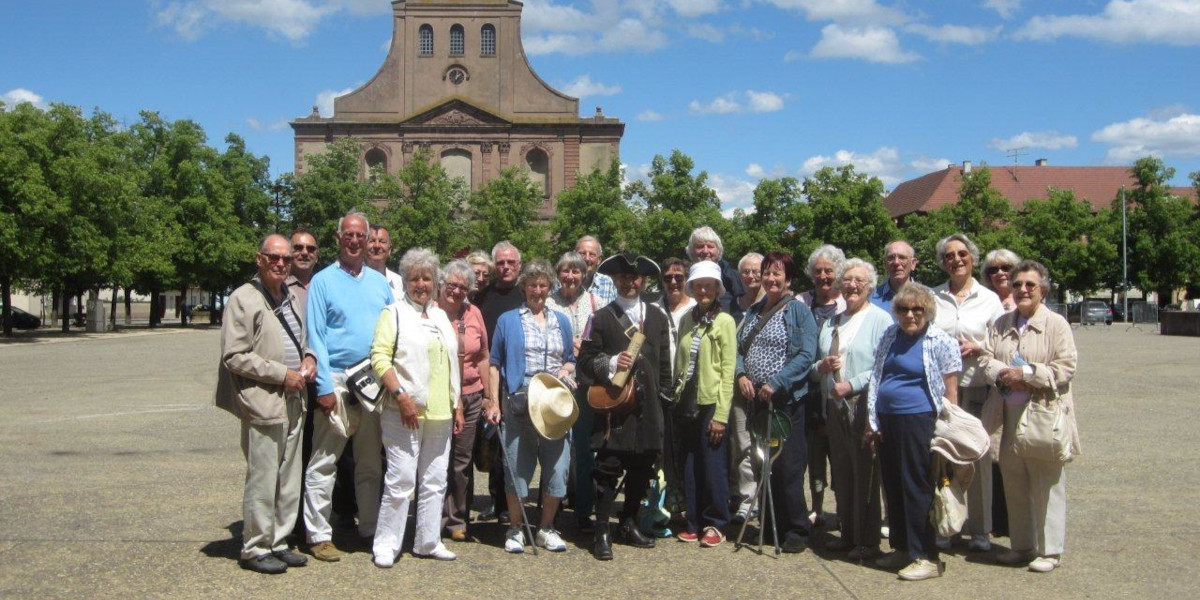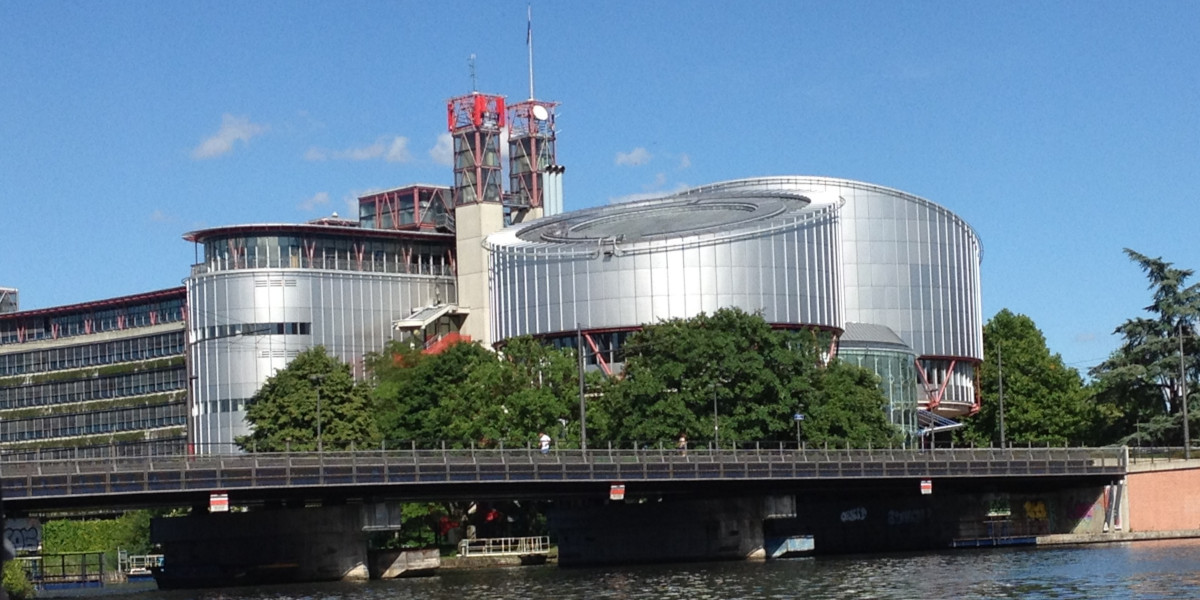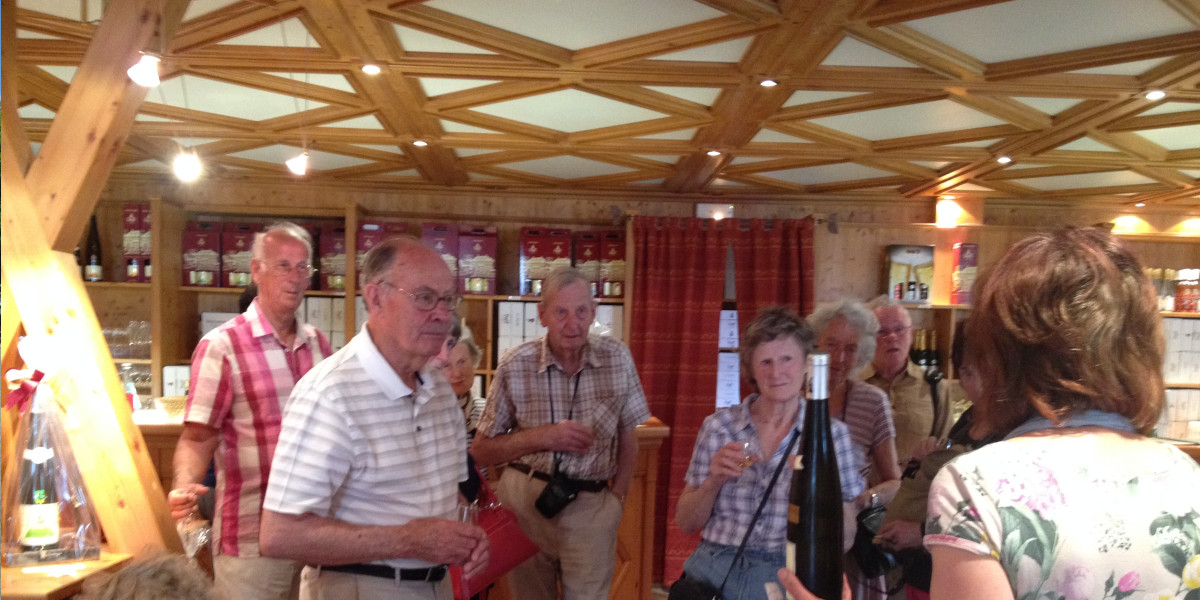Twenty-three members of Windsor U3A and friends set off by coach to Strasbourg recently with just for groups!. We got to know our driver, John, and tour manager, Mike, who turned out to be splendid company and guides. After using Eurotunnel to Calais, it was a fairly easy drive into Reims where we had time to visit and admire the Gothic cathedral before arriving at our hotel.

Dinner was most welcome after a long day and was a very relaxed affair.
We headed to Verdun the next day, for a visit to the extraordinary monument erected to house the vast number of remains of unknown soldiers who perished in WWI. The Douaumont Ossuary is vast and very moving place that symbolises the sacrifices made by an earlier generation.
There was time to visit Verdun before driving on to our hotel in Strasbourg. We were delighted to arrive and find we were situated about 100 yards from the historic centre of Strasbourg, which is effectively an island with the River Ill flowing around it. The Metropole was a very welcoming and pleasant city hotel with spacious, well-appointed bedrooms. We walked to the nearby restaurant, le Schnockeloch, where we had dinner for the next five nights.
The owner was delightful and extremely helpful in adapting the menu to our less-than-adventurous British tastes – the local speciality is sauerkraut!
On the following two days we got to see Strasbourg old and new – from the amazing cathedral with its remarkable clock and the charming Petite France to the ultra-modern buildings for the European Parliament. Our guide Mike made sure we understood all the centuries of European history that made Strasbourg such a suitable place for the parliament.

Then it was time to move further into Alsace to see some of the other delightful towns in this part of France. First we visited Colmar, which retains many buildings dating back to medieval times, and then went to the citadel built in the time of the Sun King, Louis XIV, Neuf Brisach.
This was designed as a fortified town after the 30 Years War and we visited its remarkable defences with a guide in the costume of the Commander of the City. Most of the town is unchanged, though the fortifications are somewhat overgrown and were never actually tested in war. We have a photo of the whole group in front of the garrison church.
Then we went to the other side of the Rhine to Germany – no passports were needed and the ice creams were delicious! Next day we went to the castle of Haut Koenigsbourg, which was completely restored by Kaiser William in 1910. This castle was built high on a hillside in order to view any hostile forces.

By now we were really beginning to understand the history of the area: Alsace moved four times between France and Germany in one century alone so it is not surprising that the place names are quite mixed and towns are reminiscent of the Black Forest which is only 50 miles away.
Throughout the day we had been travelling among vines so, of course, it was time to try the local vintages at the Dopff vineyard in Riquewihr.

Then it was time to get back to the hotel to repack and have our final dinner in Strasbourg. Next morning, we had a trip to the new museum which opened last year to celebrate the life and work of Rene Lalique.
At one time there were dozens of glassworks in the area near Nancy and the museum stands near the factory which still produces beautiful glass today.
The exhibits were fabulous and the museum was very well organised, including films of the actual manufacture of some of the pieces. Then it was back on the coach to Reims and our final night of the tour. Our last visit was to the prestigious Lanson Champagne house.